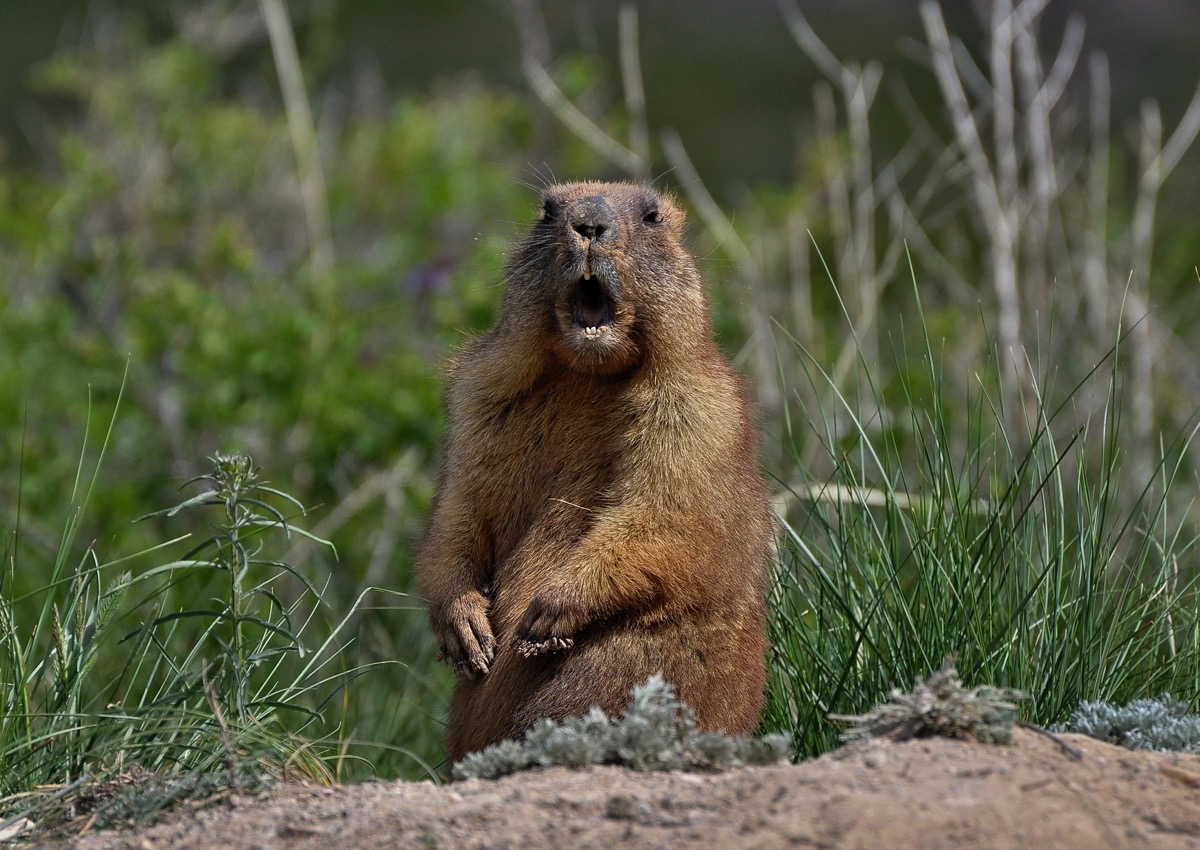Here's What Groundhogs Will Do If Winter Goes Long

This morning (Feb. 2), a groundhog will not predict the weather.
Groundhogs (Marmota monax) are vegetarian, dirt-dwelling North American rodents the size of small dogs. In parts of the United States, tradition dictates that a particular groundhog has the power to predict the length of winter weather. If this year's Punxsutawney Phil (a name given to a groundhog in Punxsutawney, Pennsylvania) sees his shadow, the idea goes, there will be six more weeks of winter weather. If he doesn't see his shadow, spring will come early. Of course, neither Phil nor any other groundhog has weather-predicting powers. It's a fun thought though, isn't it?
Anyway, what will groundhogs not kept in captivity for the sake of odd secular holidays do if winter conditions persist into March? [6 Wild Ways the Moon Affects Animals]
The answer, it turns out, is pretty simple: Keep sleeping.
Groundhogs are deep hibernators, according to the SUNY College of Environmental Science and Forestry (ESF). They chow down before the chill, building up body fat, then enter winter burrows, lower their heart rates, and stop nearly all movement to make it through the cold, fallow months. During that period, their heartbeats drop from about 80 beats per minute to only four or five, and their body temperatures drop from 98 degrees Fahrenheit (37 degrees Celsius) to as low as 38 F (3 C).
One 1967 study published in the journal Ecology found that going without food, and not the cold, is actually the key factor triggering hibernation. Researchers found that groundhogs offered food would become active, even in chilly 42 F (6 C) temperatures, until the food ran out. But groundhogs deprived of their favorite snacks will go quickly into a torpor.
Not to worry though. Groundhogs are hardly little things. The researchers found that even though groundhogs in nature usually have to hibernate (alternating between more active states of "arousal" and "torpor") in their dens for only three or four months, under laboratory conditions a groundhog can hibernate for up to eight months.
Sign up for the Live Science daily newsletter now
Get the world’s most fascinating discoveries delivered straight to your inbox.
Originally published on Live Science.










